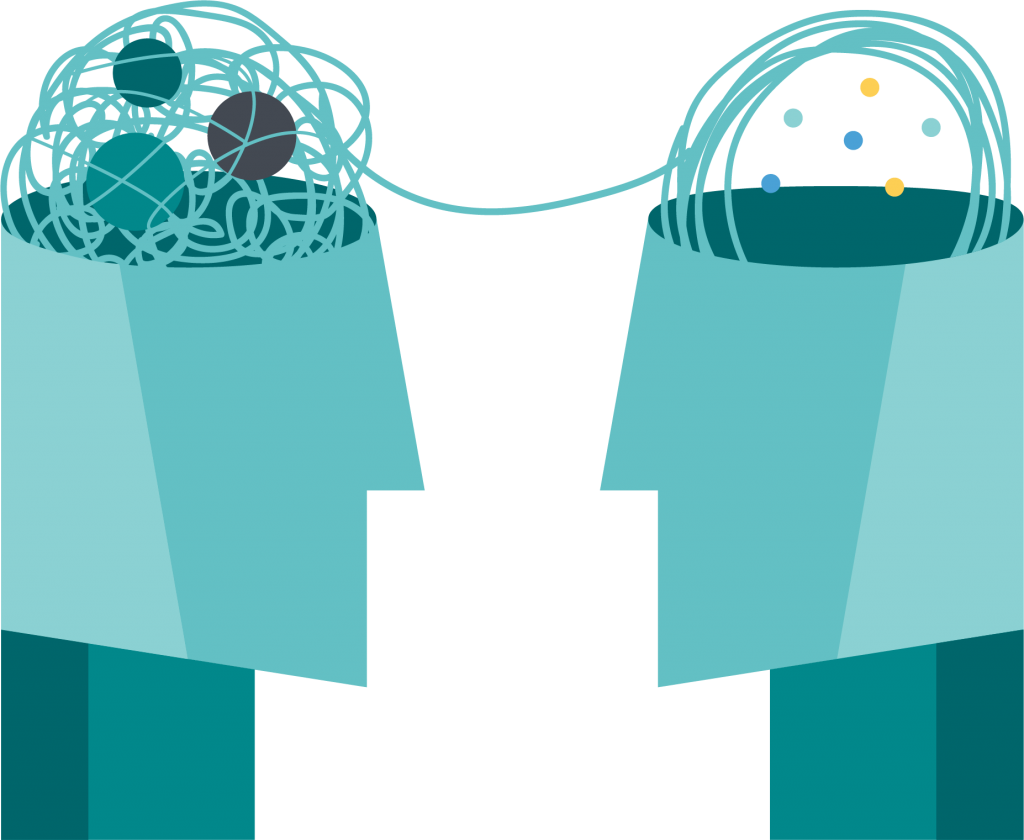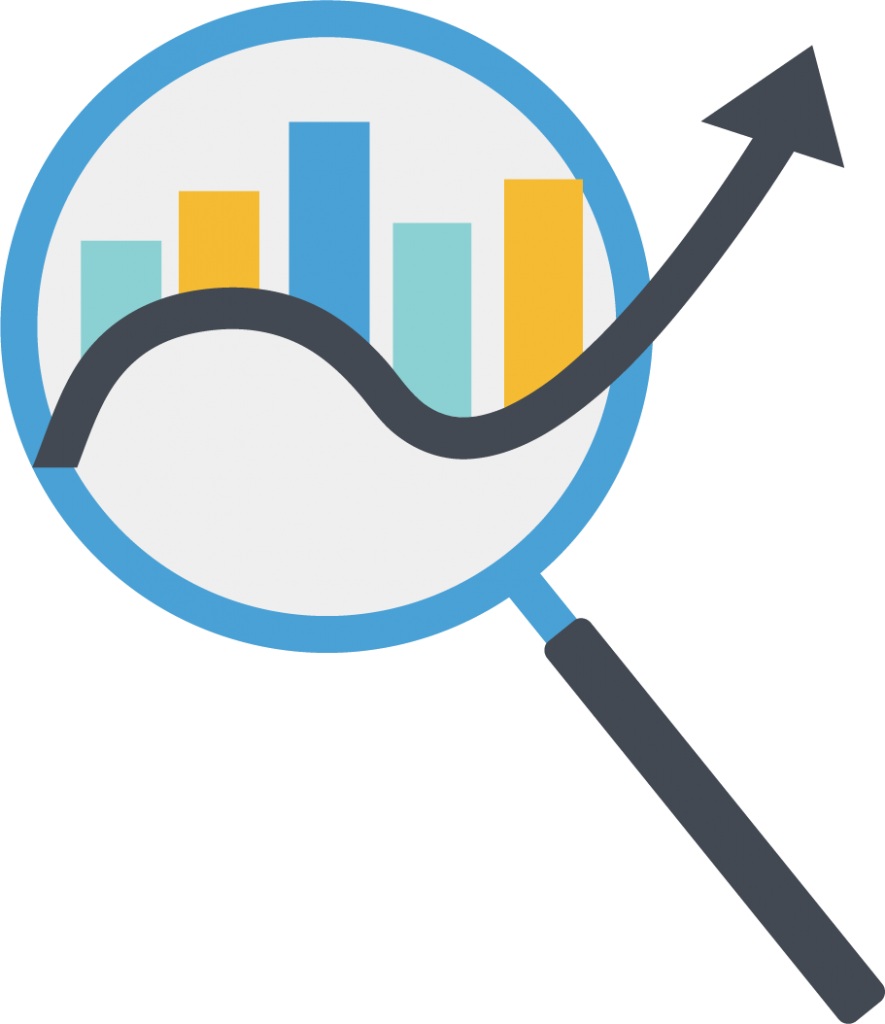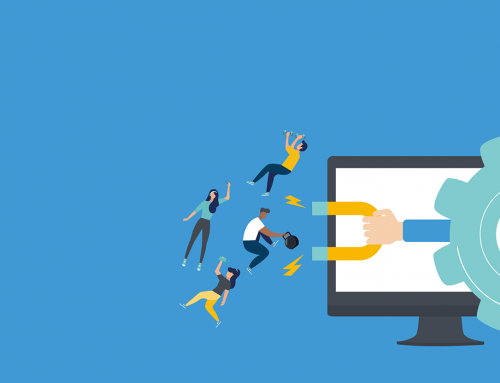 Think of Big Data as a library.
Think of Big Data as a library.
The answers to your questions are there—along with an overwhelming amount of other (irrelevant) information. In fact, there’s so much knowledge that you don’t know where to start looking.
What if your answer is in a book, and you don’t even know its title?
What if your answer comes from an amalgamation of information?
You can’t read every book in the library.
Meet your librarian—small data.
Small Data is Smarter Data.
 Small data refers to data that is accessible and organized in a way that you can understand and then actually utilize. Small data is only “small” because the data sets are broken down into chunks small enough for people to take meaningful actions from them—the opposite of Big Data.
Small data refers to data that is accessible and organized in a way that you can understand and then actually utilize. Small data is only “small” because the data sets are broken down into chunks small enough for people to take meaningful actions from them—the opposite of Big Data.
The sheer breadth and depth of Big Data can render it ineffective for monitoring and accurately predicting member and revenue activity for health clubs on an individual basis.
According to Harvard Business Review, “many of the most valuable data sets in organizations are quite small…Because this data lacks the volume and velocity of big data, it’s often overlooked, languishing in PCs and functional databases[.]”.
That’s not helpful.
The information most critical to the success and growth of your health clubs shouldn’t be anywhere near “languishing”.
Big Data models are based on data sets that are so large and diverse that they can’t distinguish a difference between your club and the competition, let alone segment on a club-specific level. Furthermore, these predictive analytic models are based on generalized information, as opposed to small data, which is hyper-localized. It’s the difference between telling you the book you need is at the library and giving you the call number.
Think of what that information could mean for your health clubs (and members).
Small data will uncover why 4:00 on Thursday isn’t a good time for kickboxing at your downtown location, even though it’s the most popular time uptown.
 You can predict:
You can predict:
- The impact that seasons have on your different clubs (think snowbirds and college towns)
- Each member’s likelihood of cancelling (with enough lead time to implement interventions)
- Which high-value lost members are the best candidates for win-back campaigns
- And so much more
It’s all about having access to the optimal data to trigger a response from your members. Small Data empowers you to get more from your MMS/CRM.
Small data’s ascension in popularity falls right in line with findings from McKinsey & Company. In their article, “Sweating for the fitness consumer,” they note that customer segments are more clearly defined than ever. What that means for your clubs is that personalization is of paramount importance.
Small data empowers your health clubs by showing the information you need to see—data intrinsically designed to provide you with actionable insights. Since personalization is imperative for meaningful ROI (and member satisfaction), your clubs need the power to deliver specialized communications to members ready to engage with your offer.
If you can’t account for club individuality, you won’t produce meaningful results—and that’s exactly what you’re getting with Big Data-only analytics.
Big Data? Big Resource Allotment.
Another reason why Big Data puts your health clubs at a disadvantage?
 The time it takes to extract topical information is unsustainable. For example, Oracle states that data scientists spend between 50-80% of their time curating and preparing data before they can even use it—and those are data scientists.
The time it takes to extract topical information is unsustainable. For example, Oracle states that data scientists spend between 50-80% of their time curating and preparing data before they can even use it—and those are data scientists.
How long is it taking you to find the right data—if you even have access to it?
Big Data doesn’t offer the insights needed to understand your health clubs’ direction to meet your goals and achieve growth.
Small data, on the other hand, “examines data or content to answer the question ‘What should be done?’ or ‘What can we do to make _______ happen?'”, which is exactly what you want to make your analytics work for you. This approach also enables you to be proactive—you’re forced to sit down and think about solving pain points in your clubs to create the data sets you want to measure.
Given the average business owner spends 68.1% of their time working “in” their business and only 31.9% working “on” their business, you don’t have time to spend “curating and preparing” data.
Stop wasting time with spreadsheets and limited dashboards and get back to running your business.
Small Data With a Big Impact
 Small data finds you the answers to your questions—without reading the whole library to get them.
Small data finds you the answers to your questions—without reading the whole library to get them.
You need to know what’s going on in your health clubs and with your members, and you aren’t getting it if you’re relying solely on the capabilities of Big Data.
Learn about the advantages that small data analytics from Easalytics will offer your health clubs.






